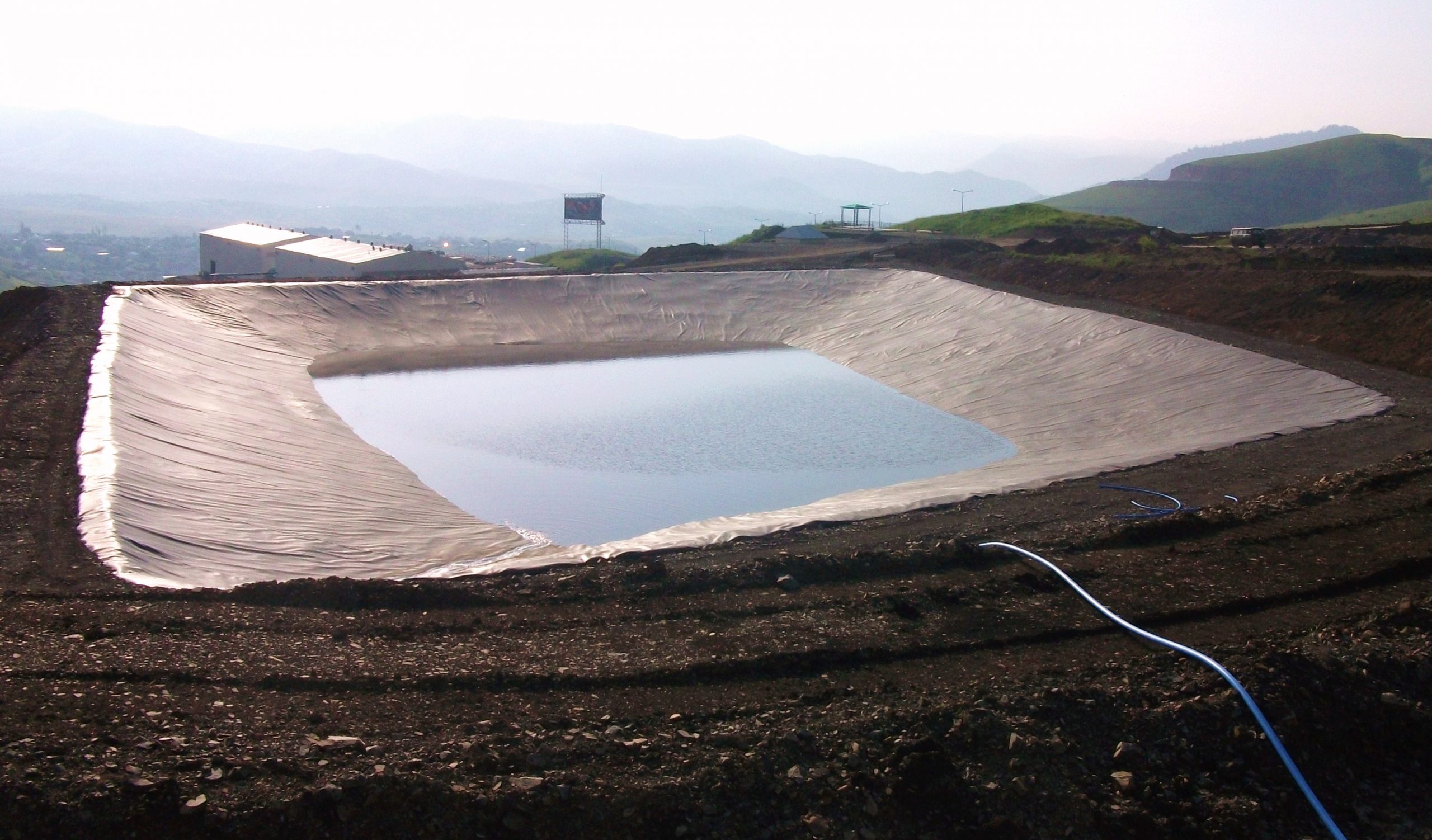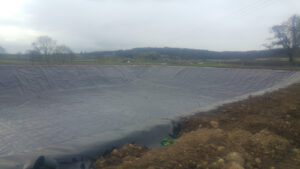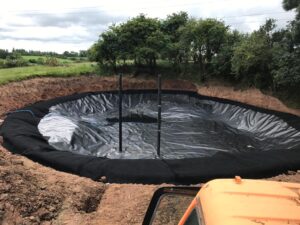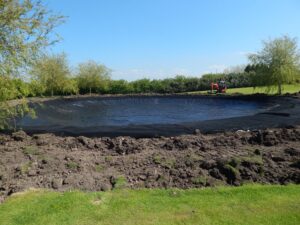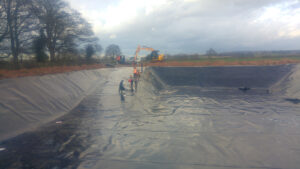Installing irrigation reservoirs is a significant step in enhancing agricultural practices, ensuring water availability, and maximising crop yield. The process involves careful planning, precise execution, and adherence to key principles to create a reliable water storage system.
Planning and Site Selection:
The installation process begins with thorough planning and site selection. Factors like topography, soil conditions, water sources, and proximity to the fields are crucial considerations. An ideal location with proper elevation and accessibility is chosen to ensure efficient water collection and distribution.
Design and Capacity Calculation:
The design of irrigation reservoirs involves determining the required capacity based on water demand, field size, and irrigation schedule. Factors like evaporation rates and rainfall patterns are considered to ascertain the reservoir’s size for optimal water storage.
Excavation and Construction:
Excavation of the reservoir area is conducted following precise dimensions and depth specifications. Construction materials such as reinforced concrete, HDPE liners, or geomembranes are used to create a durable and watertight structure. Proper compaction and sealing techniques ensure the reservoir’s integrity.
Inlet and Outlet Structures:
Installing inlet and outlet structures is crucial for controlled water entry and discharge. These structures facilitate filling the reservoir efficiently from various water sources and ensure regulated distribution to irrigation systems.
Overflow and Safety Measures:
Incorporating overflow mechanisms and safety features prevents overfilling and ensures the structural stability of the reservoir. Proper spillways or emergency outlets safeguard against potential damage due to excessive water accumulation.
Irrigation System Integration:
Integrating the reservoir with the irrigation system involves connecting pipelines, pumps, and distribution networks. This process ensures a seamless flow of water from the reservoir to the fields, optimising water usage and crop hydration.
Quality Control and Testing:
Rigorous quality control measures, including leak testing, structural integrity checks, and assessment of inlet and outlet functionality, are carried out before commissioning the reservoir. Compliance with regulatory standards and safety protocols is imperative.
Landscaping and Surroundings:
Landscaping the area around the reservoir involves proper vegetation management and erosion control. Creating buffer zones and planting appropriate vegetation helps prevent soil erosion and maintains the reservoir’s ecological balance.
Operation and Maintenance:
Regular maintenance is crucial to ensure the reservoir’s efficiency. Inspections for leaks, sediment buildup, and structural integrity are conducted periodically. Proper upkeep of pumps, valves, and distribution systems ensures optimal performance.
Benefits of Irrigation Reservoirs:
Water Conservation: Reservoirs enable efficient water utilisation and conservation by storing and providing water when needed, reducing dependency on natural water sources.
Crop Yield Enhancement: Reliable access to water through reservoirs supports consistent irrigation, leading to improved crop growth, yield, and quality.
Sustainability and Stability: Installation of reservoirs promotes sustainable farming practices and provides stability against fluctuating water availability.
In conclusion, the installation of irrigation reservoirs involves a systematic approach, from meticulous planning to meticulous execution. These reservoirs are vital components of modern agricultural practices, ensuring water security, promoting sustainable farming, and enhancing crop productivity for a more resilient agricultural sector.
To find out more about our products and services and how we can help you, please contact us using the below –
Tel: 01695 228626
Email: enquiries@enviroseal.co.uk

